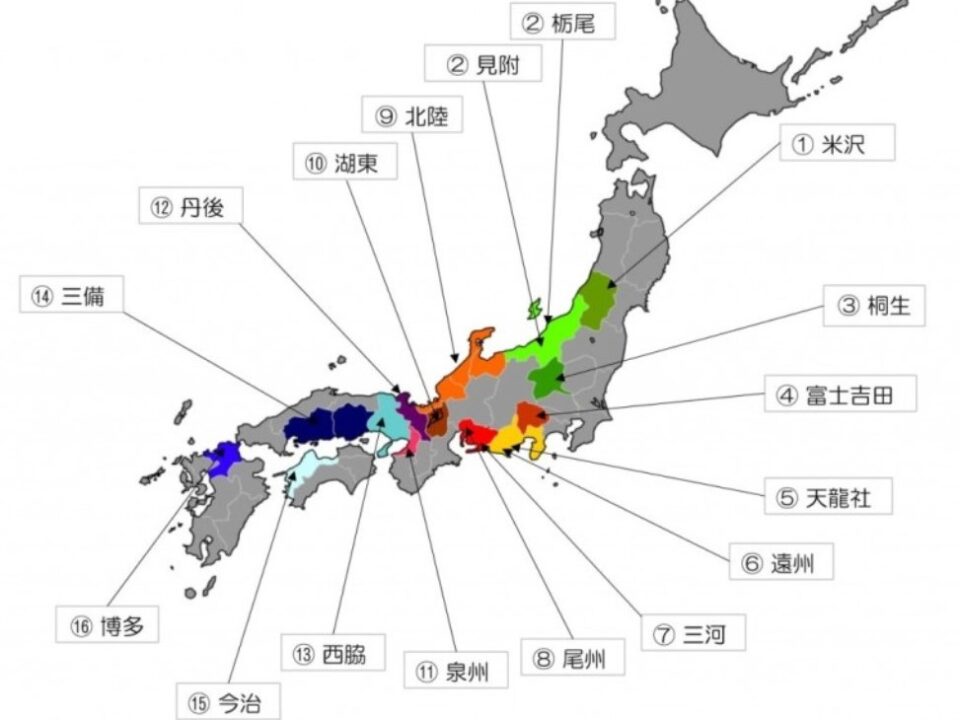
前一篇文章
Did you know that there are many textile producing areas in Japan?
2020年2月3日
KNIT MAGAZINE

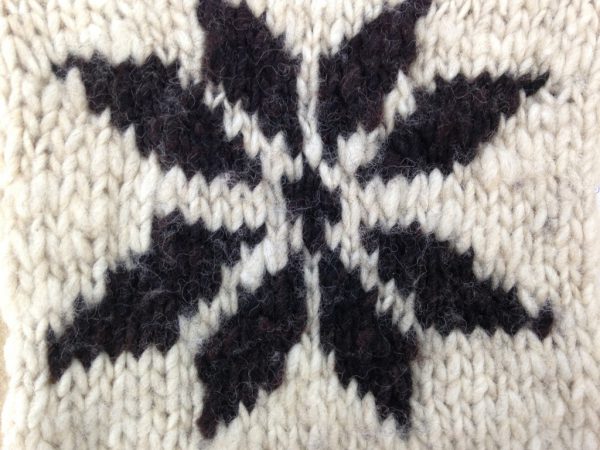
Hello, this is Akaishi.
This time, I would like to explain about the intarsia pattern of knit.
The intarsia pattern is a knitting method in which threads are switched and knitted in the knitted fabric.
You can put a large color pattern or logo on the knit.
The method of knitting the pattern is different from the jacquard pattern in that the threads are switched along the pattern, so the finish looks like it is fitted.
Since the jacquard is made to cross the thread and change the thread to be exposed, basically the thread of the pattern is also knitted all the time.
Therefore, the knitted fabric may become thick and the color of the thread on the back side may be slightly visible.
Click here for details.
What you can and cannot do with jacquard knitting | Points and precautions
Introducing how to add color with knit, intarsia, and double jacquard.
Intarsia is basically used in the Tenjiku organization.
Since the threads are switched and used, the pattern part and the non-pattern part can be knitted with a tenjiku, and it is thin and the pattern looks neat and beautiful.

For example, when you want to express a clear line pattern such as a character or a large logo or letters.
It is suitable to use when you want to put a pattern as one point.
Since the intarsia pattern switches threads, it requires a large number of machine clues (parts through which threads are passed).
In addition, the number of machines that can knit intarsia is limited, so when requesting a factory, it is necessary to confirm whether or not it can be handled.
The thread nails required by switching threads are determined by whether or not some threads are switched in the same course (knitting direction) in the knitted fabric.
For example, when knitting this knitted fabric, the colors of the threads are two colors, but are there any places in the same course where many patterns are switched? I think from the perspective of.

* The photo is a hand-knitted fabric because the pattern is large and easy to see for easy understanding.
For the pattern in the photo, you need to switch up to 9 threads.
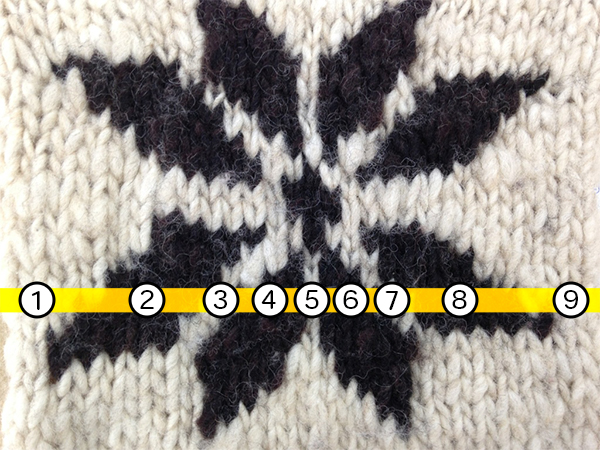
Switching patterns means that you always switch and knit at that part without crossing the thread.
(Knitting by skipping threads = jacquard knitting)
You need a clue as much as you switch = Think not only of the number of simple colors, but also the number of switches.
In this case, 9 clues + the number of + α is required, such as inserting the waste knitting and stretch yarn required for knitting.
Furthermore, not only the performance of the machine, but also the larger the number of yarns, the more management and yarn loss during knitting, and the manual work of disposing of the yarns that have been switched, which makes it difficult to improve the production efficiency.
Therefore, the intarsia pattern tends to be expensive.
Then, is it almost impossible to make fine patterns? Do you think?
Actually, it is not necessary to make all of the patterns intarsia.
This pattern, which I mentioned earlier, has only one or two stitches in the middle.
In this case, you can reduce the number of pattern changes by making a pattern by passing the thread on the back side using the single jacquard knitting method only in the middle.
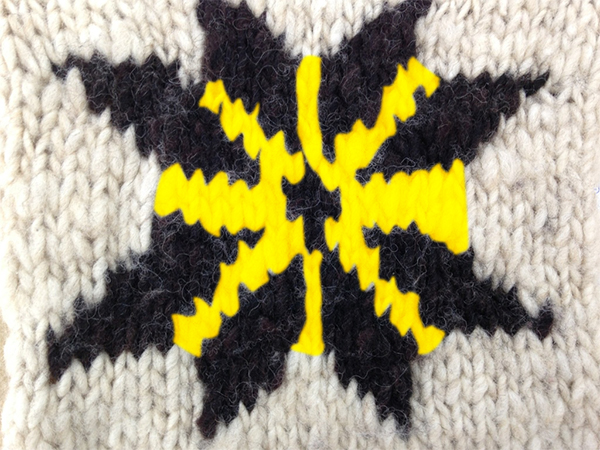
In the case of intarsia, the pattern is fitted on the back side in the same way as on the front side, but with partial jacquard knitting, the thread crossover appears only in the pattern part like this.
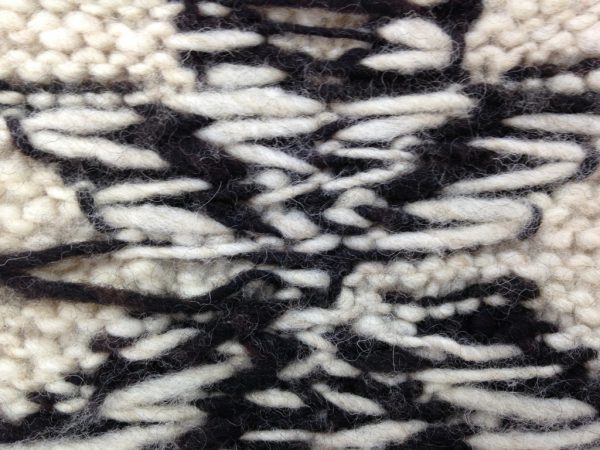
By doing this, the number of yarn changes is small = the number of clues and threads is small and it is easy to knit = fast knitting = the cost is also reduced. It will be that.
The finer the pattern, the more difficult it is to produce, and even if the pattern is a little thicker, it will not be noticeable.
This is called an intarsia card.
The outer frame of the handle is intarsia, and the inner details are knitted with jacquard.
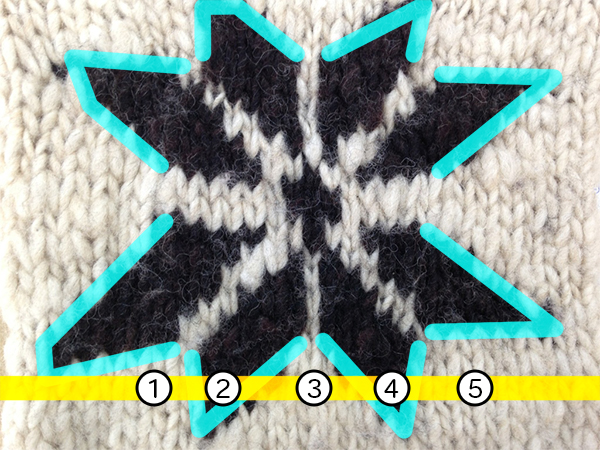
By doing this, there are 5 switches, making it easier to knit.
If there is this thickness, it is difficult to understand even from the table, so it is good to let the thread cross the part ③ as well.
Then, the number of threads to switch will be three.
What is worrisome about the intarsia jacquard is that if you do not insert the thread along the pattern, you will feel a sense of discomfort when viewed from the front.
I think it’s a good idea to think carefully about where to take the frame of the pattern and whether it can be done by switching somewhere.
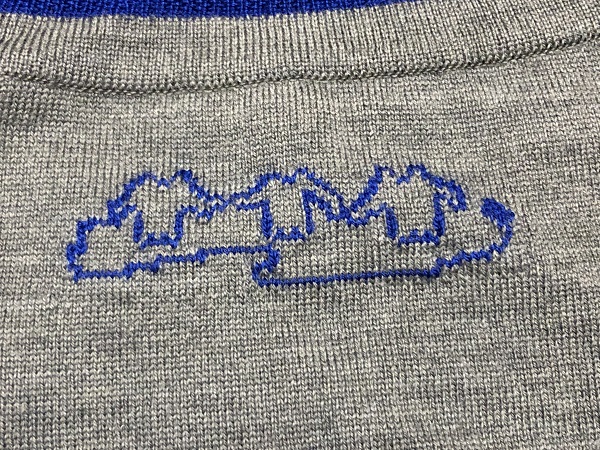
For example, this pattern is switched around the pattern as round as possible along the pattern.
The upper part of the handle is crossed along the line as much as possible, and there are three switching threads.
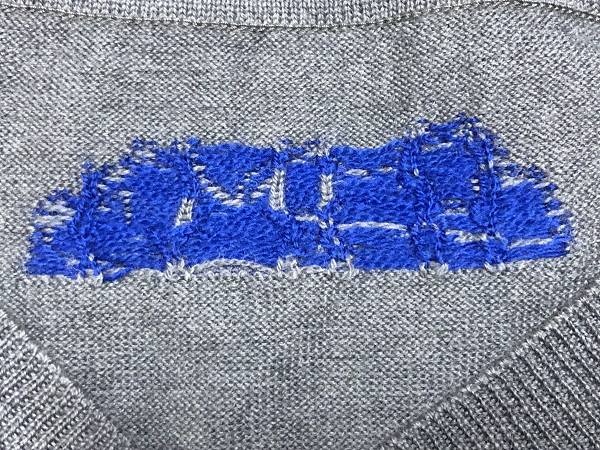
Intarsia was a craftsmanship that used to be a craftsman who knits very complicated patterns by manually switching when production by hand-held machines was the mainstream.
I think there are quite a few now, but the knitted fabric made in this way is delicate and very beautiful.
It is a knitted fabric that is quite limited, but I would like to devise a pattern to improve the degree of perfection.
I’m glad if you can use it as a reference.

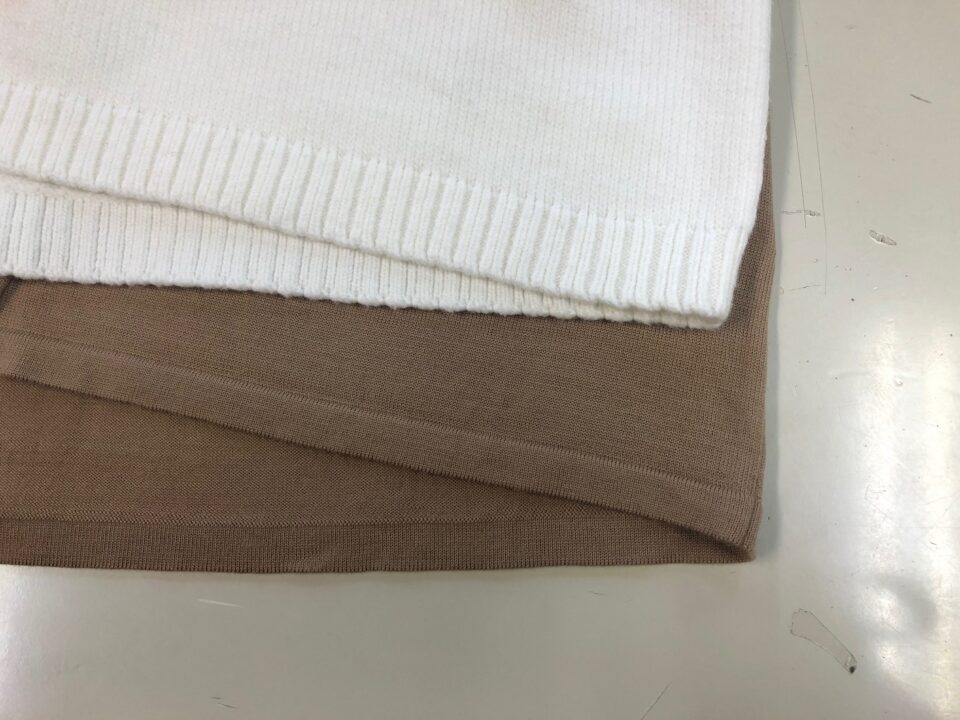
2023年11月29日
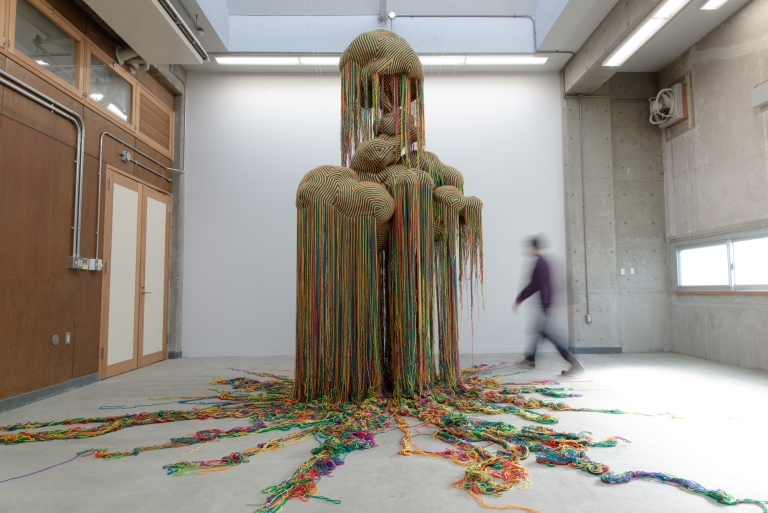
2023年11月9日
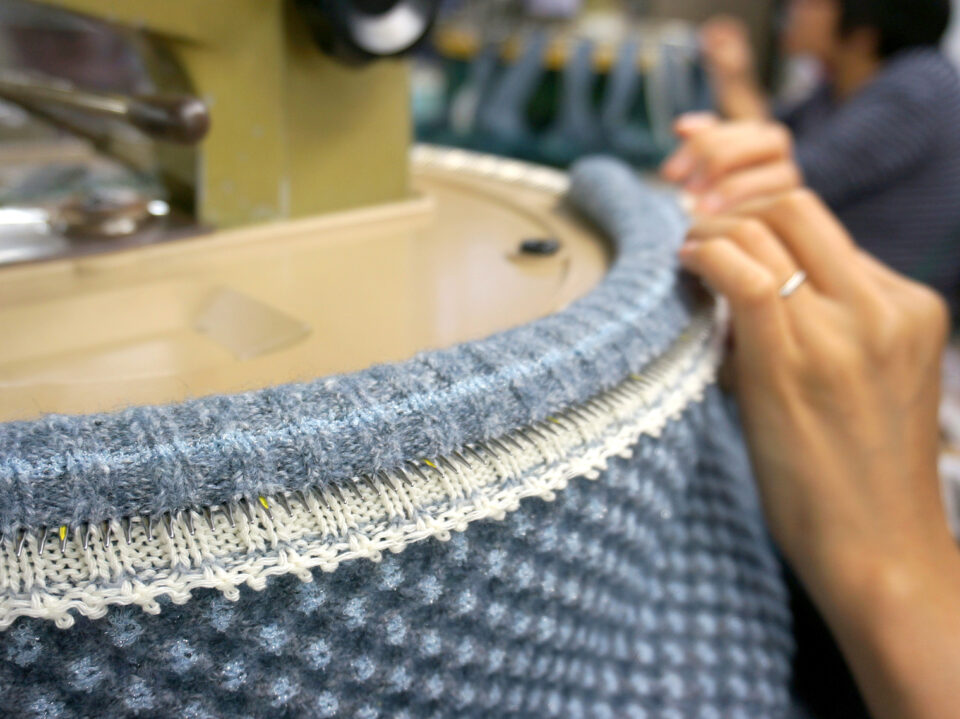
2023年11月7日
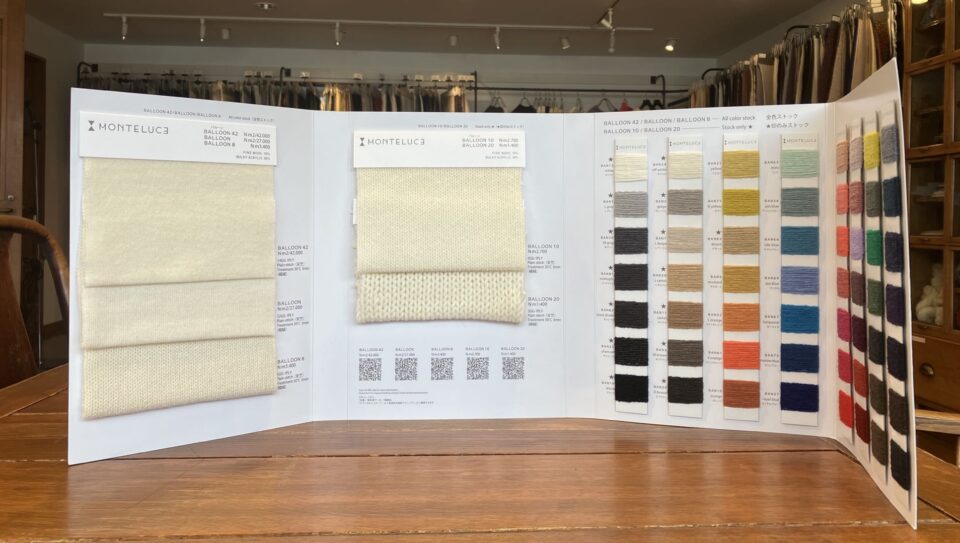
2023年11月1日
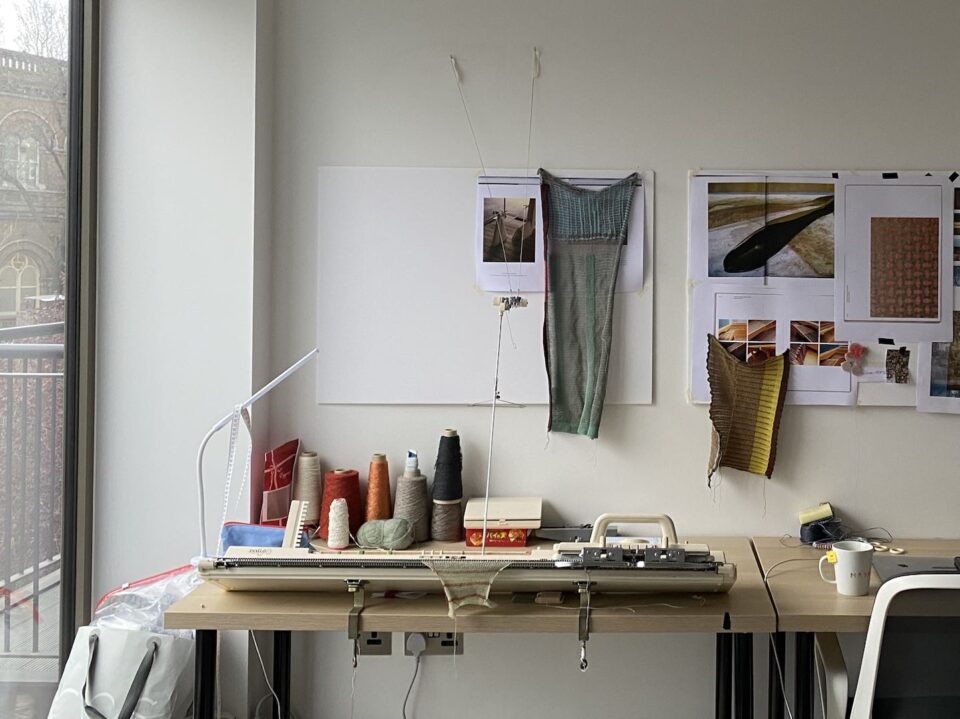
2023年10月26日
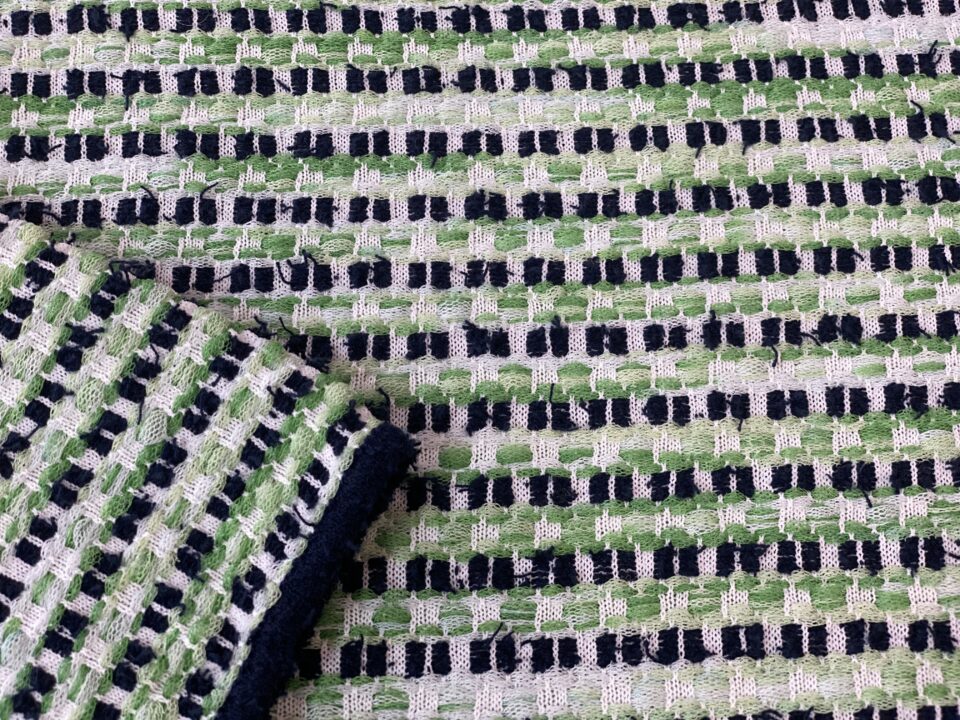
2023年10月24日